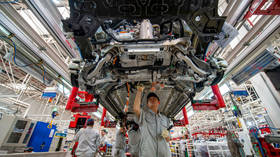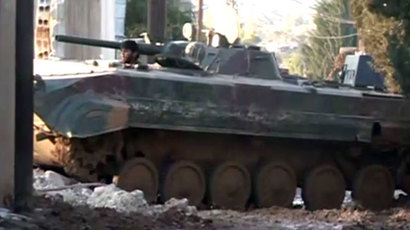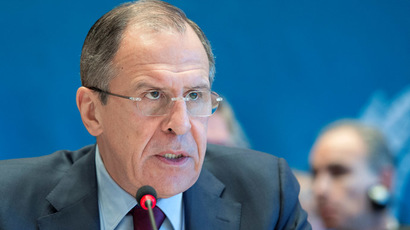US intel fear attack on American soil, while Syria spirals out of control
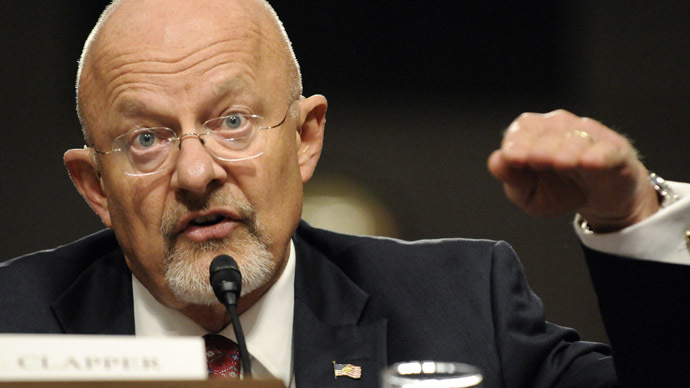
Intelligence reports say there is a threat of a terrorist attack on US soil by an Al-Qaida-linked group based in Syria.
But despite the Mideast country increasingly resembling a haven for terrorists, the US is still not convinced it wants to deal with the government.
Fears of an attack were discussed Wednesday by the Senate Intelligence Committee. Its possible source is believed to be the Al-Qaida-affiliated al-Nusra Front, which the Director of National Intelligence, James Clapper, said “[has] aspirations for attacks on the homeland,” Reuters reported.
Surrounded by other high-ranking US intelligence and security officials, Clapper on Wednesday discussed how Syria is becoming a terrorist haven after a prolonged three-year conflict. He also compared the situation to Pakistan’s federally-administered tribal areas (FATA) – which became a safe haven for Al-Qaida leaders after the US invaded Afghanistan in 2001.
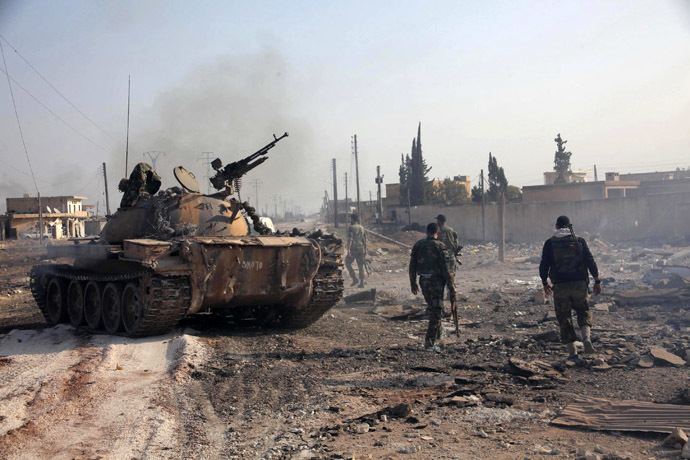
“What’s going on there may be in some respects a new FATA force ... and the attraction of these foreign fighters is very, very worrisome,” Clapper said, adding that more than 7,000 militants fighting in Syria now come from around 50 different countries.
The figure was not freely circulated until the Wednesday meeting, being previously kept in top-secret intelligence reports, Clapper said.
He added that training grounds for rebel militants have also been spotted and that hundreds of West Europeans and a few Americans have joined up with the rebel and received training.
The news comes as US and European security officials said earlier this week that the US Congress had secretly approved more light arms deliveries for “moderate” factions fighting to oust President Bashar Assad. This practice, according to the officials, has been held up for months due to fears of the weapons falling into radical Islamist hands.

Despite overwhelming evidence that the rebel threat in Syria is multiplying, Clapper said he still believes the main danger still comes from the embattled Syrian president. Clapper said that Assad wants to produce lethal biological agents and quietly get them ready for use via conventional weapons systems.
This is despite the Syrian government’s full compliance with the UN deal on the removal of the country’s chemical weapons stockpile, as well as the fact that no evidence of any weaponizing of biological weapons by the Assad government has been uncovered.
“We judge that some elements of Syria’s biological warfare program might have advanced beyond the research and development stage and might be capable of limited agent production, based on the duration of its longstanding program,” Clapper told the committee.
Some do not see this as particularly surprising. Anti-war activist Brian Becker believes Washington's warning about Syria's biological warfare program is just a fresh attempt to get back to its old routine of trying to remove the Syrian president from power by any means necessary – and that a negotiated settlement at the current Geneva 2 peace talks was never a priority for the United States.
“It’s a clear indication that the Obama administration is looking for other rationales, other pretexts, to keep the pressure on the Assad government… what they’re really doing, of course, is creating a great international crime by funneling arms and weapons and money to an armed struggle… so they can destroy an independent national government,” Becker said, adding that the scenario is by no means a new one, previously having been seen in Libya and Iraq, and that the real policy here is that of fomenting civil war – not promoting reconciliation.

Some progress was reached at the Geneva talks on January 27, when the sides agreed to allow humanitarian aid into the besieged city of Homs that would allow women and children to leave its war-ravaged areas.
That agreement was, however, marred by the latest meeting Thursday, when the government and the Syrian opposition traded heated accusations over the American decision to send more weapons to the rebels, leading to the meeting being adjourned for the day. Lakhdar Brahimi, the UN-Arab League peace envoy, had to step in and end the row.
Meanwhile, RT’s Marina Finoshina travelled to the besieged industrial town of Adra on the outskirts of Damascus to observe the enduring stalemate between government and rebel forces, which has lasted for more than a month now.
In mid-December the Al-Nusra Front and another group took control of the town, allegedly massacring dozens of people, forcing some of the population to flee and using the remainder as human shields.
Government forces have surrounded the town, their only choice being to sit it out and return fire when fired upon. Such situations are a clear sign that despite the small successes of the Geneva 2 peace talks so far, the civil war is a long way from over.








